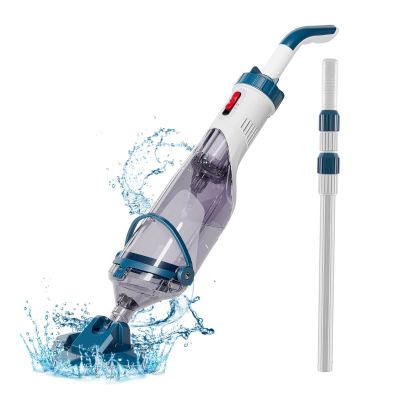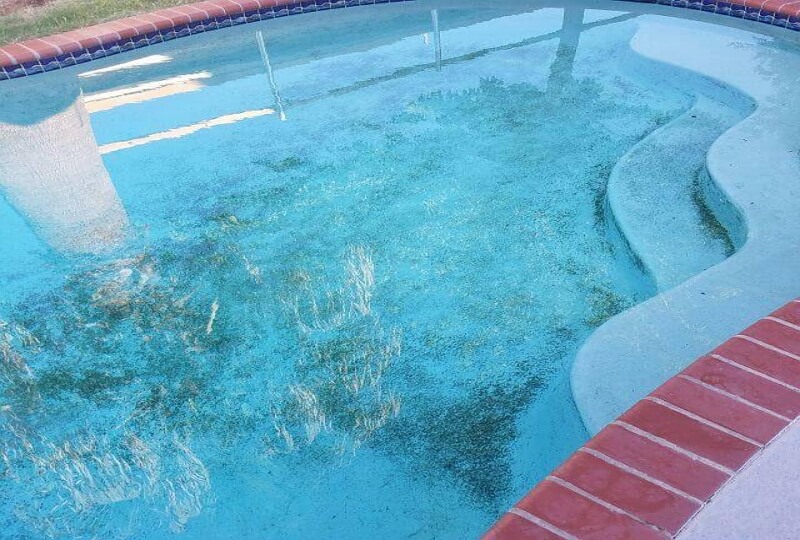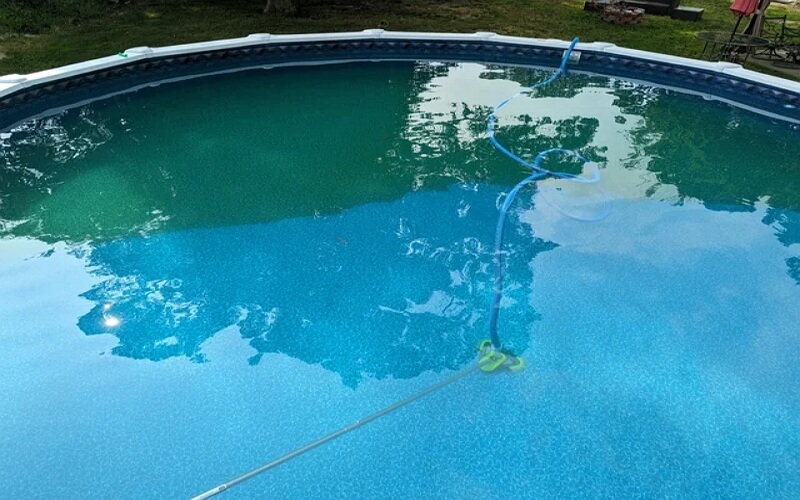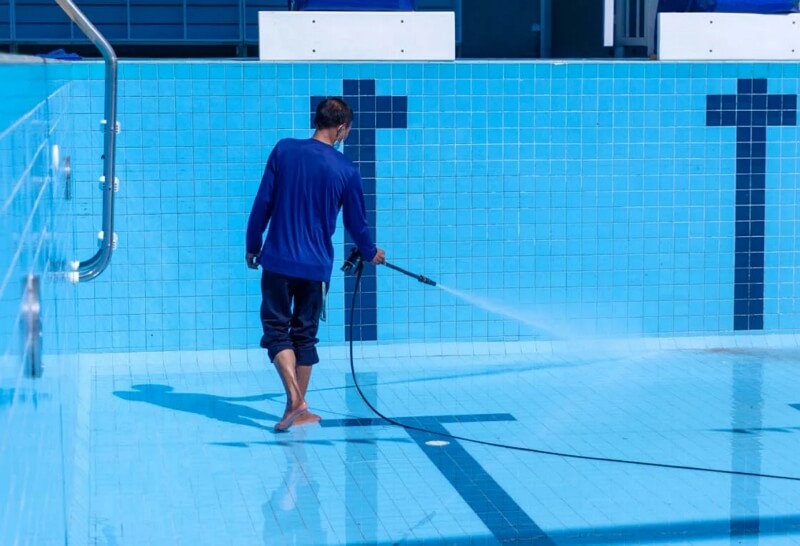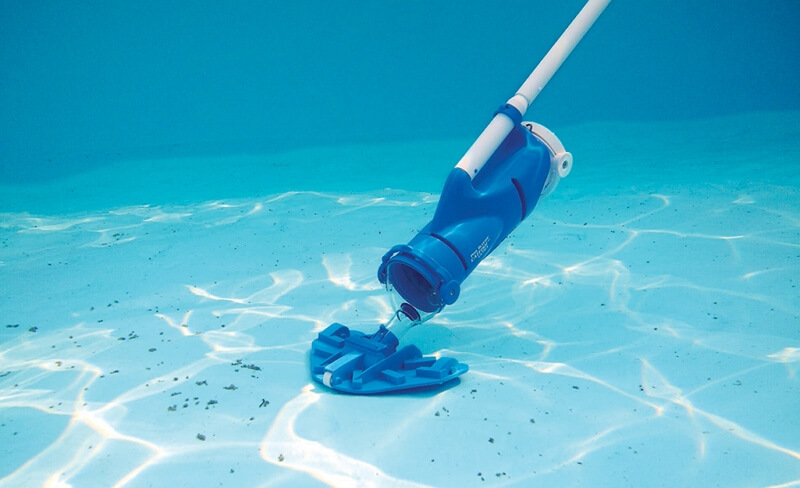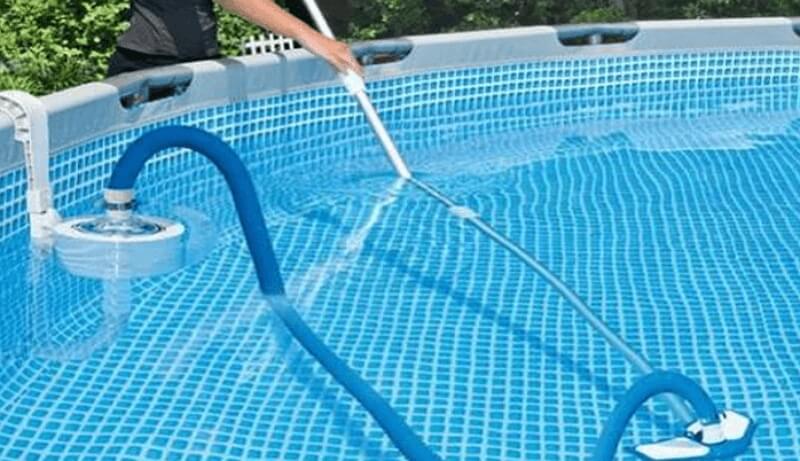The pool becomes a haven of relaxation and enjoyment as the summer sun beats down. However, debris, leaves, and sediment can accumulate over time, making that sanctuary a murky mess. That's where the magic of vacuuming comes in! By effectively cleaning your pool using a sand filter, you can restore its crystal-clear allure, ensuring countless hours of aquatic pleasure.
Furthermore, it keeps the water quality high, extends equipment life, reduces chemical usage, and ultimately provides you with a clean and safe space where you can spend your time. To help you with "how to vacuum pool with sand filter," we have compiled this detailed guide.
You'll get to know everything, from the right settings to the steps about how to vacuum pool with sand filter. Let’s delve into it.
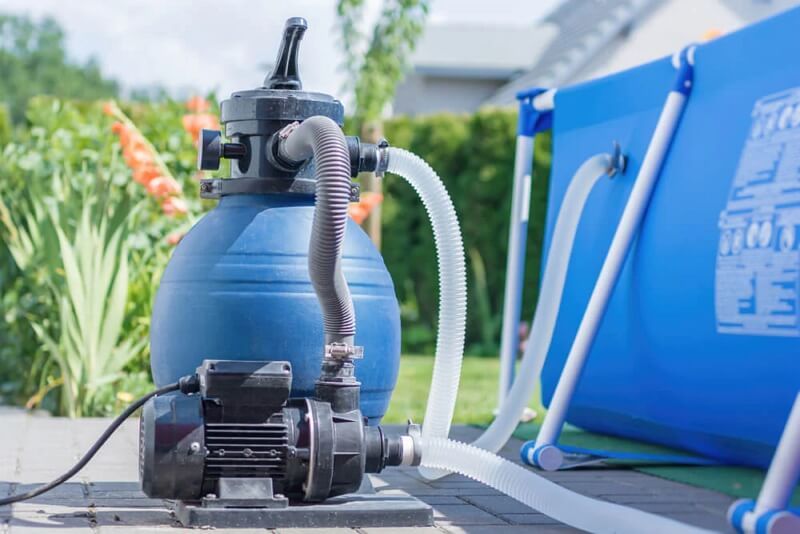

Part 1. What Setting Do I Put My Sand Filter on to Vacuum?
Before we go into the details, it's crucial to learn the different settings of a sand filter:
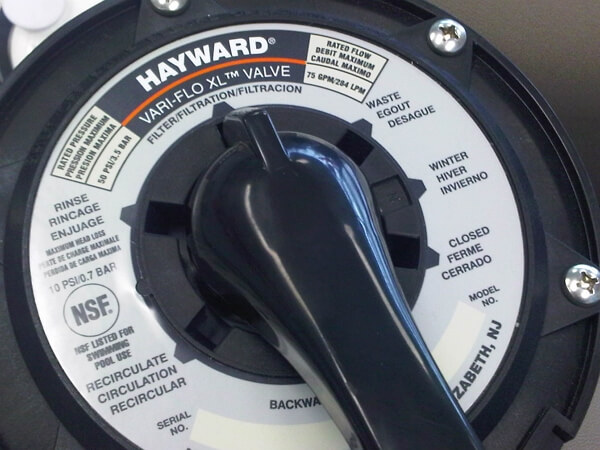

- Filter Setting: This is the default setting for regular filtration. Use it when your pool water is generally clean, and you're not actively vacuuming or backwashing.
- Backwash Setting: Switch to the backwash setting when your filter pressure rises significantly (8 to 10 PSI) due to dirt and debris buildup. This reverses the water flow, which flushes out contaminants from the sand bed to the waste.
- Rinse Setting: After backwashing, use the rinse setting to settle the sand bed before returning to the filter setting. This helps prevent any residual debris from returning to the pool.
- Waste Setting: It’s used for vacuuming heavy concentrations of dirt directly, bypassing the filter bed.
- Closed Setting: It is used when you want to completely shut off the flow to the filter and the pool. It's typically employed for maintenance, repairs, or any other situation where you don’t want any water movement.
- Winter Setting: The winter setting is used to prepare your pool for winter, especially in regions where temperatures may go below freezing. Remember, when using this option, removing all drain plugs from the pump and filter system is crucial to prevent any damage caused by the expansion of frozen water.
Part 2. How to Vacuum Pool with Sand Filter?
Now, let's discuss how to vacuum pool with sand filter. It covers all the necessary tools, along with a step-by-step guide to do it.
What Will You Need?
- A vacuum hose that matches your pool's size.
- The right vacuum head for your pool surface.
- A telescopic pole for extended reach.
- A Kornea vacuum adapter for securing the pool seal and improved suction.
The Basic Steps
Step 1: Backwash the Filter (for Maximum Suction)
Before you begin vacuuming, it's essential to ensure your sand filter is clean and ready. Switch the multi-port valve on your filter to the "Backwash" setting. This reverses the water flow through the filter, flushing out any debris that may have accumulated. Run the pump until the sight glass shows clear water, indicating the filter is clean. Then, return the valve to the "Filter" setting for regular operation.
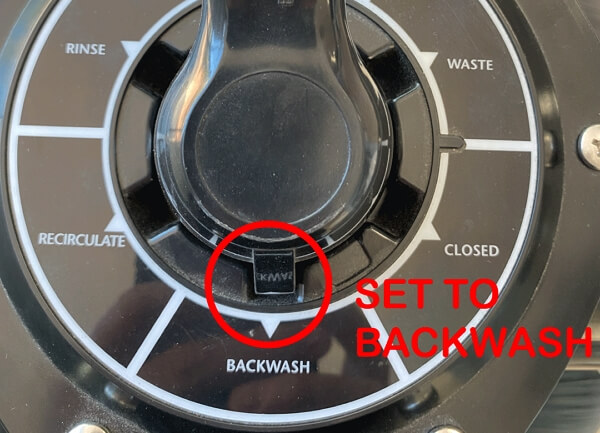

Step 2: Fit the Vacuum Head, Hose, and Handle
Attach the vacuum head to the telescopic pole to extend the handle. Connect one end of the vacuum hose to the vacuum head, ensuring a secure fit. The other end of the hose should be left floating on the pool's surface or secured to a pool return jet to remove any air from the hose.
Step 3: Fill the Vacuum Hose with Water
Gradually feed the hose with water, starting from the free end. This filling will eliminate air pockets, which makes the vacuuming more efficient.
Step 4: Fit the Kornea to the Hose and Attach to the Skimmer
Place the Kornea vacuum adaptor inside the skimmer opening. Ensure it forms an airtight seal. Attach the other end of the vacuum hose to the Kornea adaptor. This connection maximizes suction by creating a sealed pathway from the pool to the filter.
Step 5: Vacuum the Pool
With everything set up, you can now start vacuuming. Slowly move the vacuum head across the pool's surface, overlapping strokes to cover the entire area. Always keep the vacuum head submerged below the water level to prevent air from entering the system.
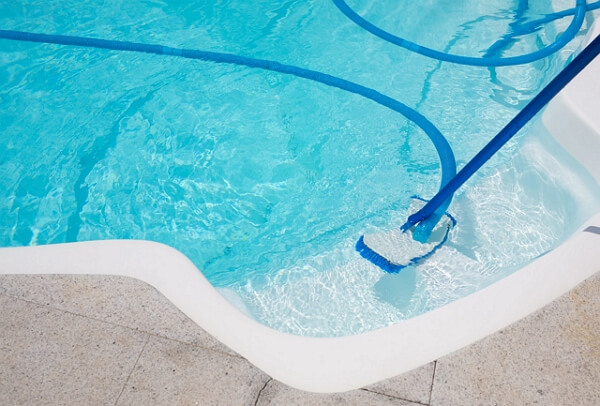

Step 6: Disconnect and Rinse Everything After Vacuuming
Once you've completed vacuuming the entire pool, it's time to clean and store your equipment. Unscrew the telescopic pole from the pool vacuum head and carefully pull the hose off the Kornea vacuum adaptor. Hold the hose upright to allow any remaining pool water to drain out.
Bonus 1: An Introduction to Different Pool Filters
As per research, the pool filters market was valued at USD 4.5 Billion in 2023 and is expected to hit a CAGR of 5.8 % by 2032. Here are the common types of pool filters that you should know about before purchasing one for your pool:
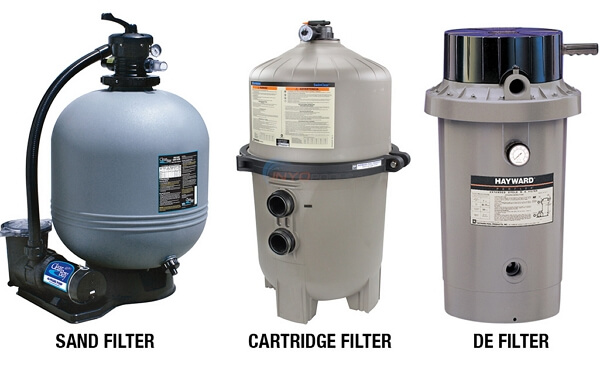

Sand Filter
Sand filters rely on a bed of specially graded sand as their filtration medium to clean a pool. Water is pumped through this sand bed, capturing particles and debris as small as 20-40 microns. Maintenance involves periodic backwashing to flush out trapped contaminants and restore filtration efficiency. Sand filters are favored for their cost-effectiveness and ease of use, making them popular for most residential pools.
Cartridge Filter
Cartridge filters use replaceable filter cartridges made of pleated material to capture smaller particles than the sand filters. Water passes through these cartridges, trapping debris effectively. The maintenance of the cartridge filter includes removing and cleaning the cartridges regularly. They are known for their efficient filtration, high water clarity, and small size, making them suitable for smaller pools and areas with limited space for equipment.
Diatomaceous Earth (DE) Filter
DE filters employ diatomaceous earth, a fine powder, as their filter medium. Water flows through grids coated with DE, capturing particles as small as 2-5 microns. Regular backwashing is required (once a month in pool season) to clean the DE powder from the grids and recharge them with fresh DE. They are an excellent choice for those who prioritize water quality and are willing to invest in the necessary maintenance.
Bonus 2: Take a Look at This Perfect Pool Vacuum
Say goodbye to pool maintenance woes with the AiDot Enhulk Cordless Pool Vacuum. The AiDot Enhulk Cordless Pool Vacuum with Telescopic Pole is a powerful and versatile solution for keeping your pool pristine. With a 40Wh motor and a 20V battery, this vacuum boasts a strong 4200L/h suction capacity, ensuring up to 60 minutes of uninterrupted cleaning. It's perfect for spas, hot tubs, small inground, and above-ground pools, making debris cleaning a breeze.
Conclusion
Mastering the art of how to vacuum pool with sand filter is not only essential but also remarkably rewarding. You can diligently follow the steps outlined in this guide to maintain the clarity and hygiene of your pool water. From selecting the right filter settings to using a telescopic pole and ensuring proper equipment maintenance, each step plays a critical role in achieving a sparkling clean pool.
And if you are searching for the best pool vacuum, the AiDot Enhulk Cordless Pool Vacuum with Telescopic Pole is perfect. Its potent 40Wh motor and 20V battery offer impressive suction power, ensuring a deep and efficient cleaning experience. Its versatile design makes it ideal for spas, hot tubs, small inground, and above-ground pools. So, contact us at AiDot and grab your pool cleaning solution now!

















